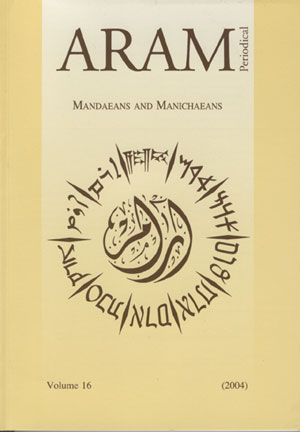 previous article in this issue previous article in this issue | next article in this issue  |

Preview first page |
Document Details : Title: The Reorganisation of the Patriarchate of Jerusalem during the Early Muslim Period Author(s): LEVY-RUBIN, Mika Journal: ARAM Periodical Volume: 15 Date: 2003 Pages: 197-226 DOI: 10.2143/ARAM.15.0.504535 Abstract : The aim of the article is to examine the effect of the Arab conquest, followed by several centuries of Arab rule, on the organisational structure of the Patriarchate of Jerusalem. The Muslim conquest fractured the Patriarchate of Jerusalem's organisational pattern, as it had decimated Palestine's Christian community. These developments were responsible for the replacement of the Patriarchate's traditional structure by a new organisational model. This model consisted of a large number of titular bishops who resided in the Patriarchal Court, and twenty-five active autocephalous Archbishops, whose sees were spread throughout the Patriarchate. Both the number of Holy Places chosen to be the seat of Autocephalous Bishoprics, as well as the structure of the Patriarchate's leadership reflected its pre-occupation with the holy places. It is clear that the Patriarchate of Jerusalem was determined to uphold and underline its role as the guardian of Palestine's Holy Places, which, in fact, was the raison d'être of its establishment in the first place. |
|


